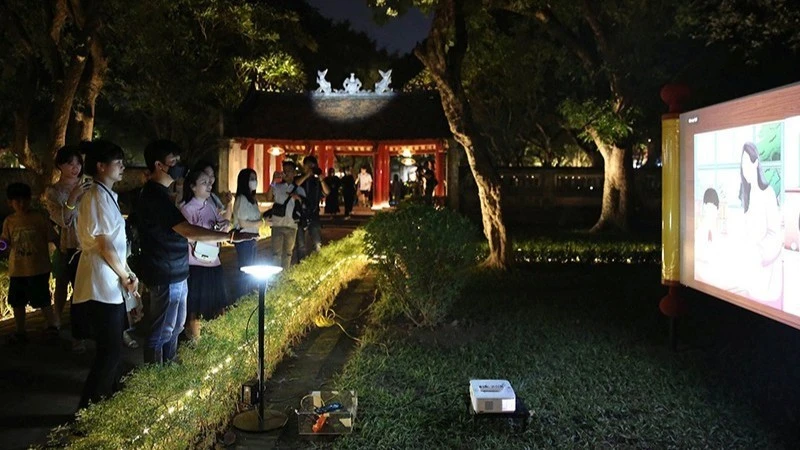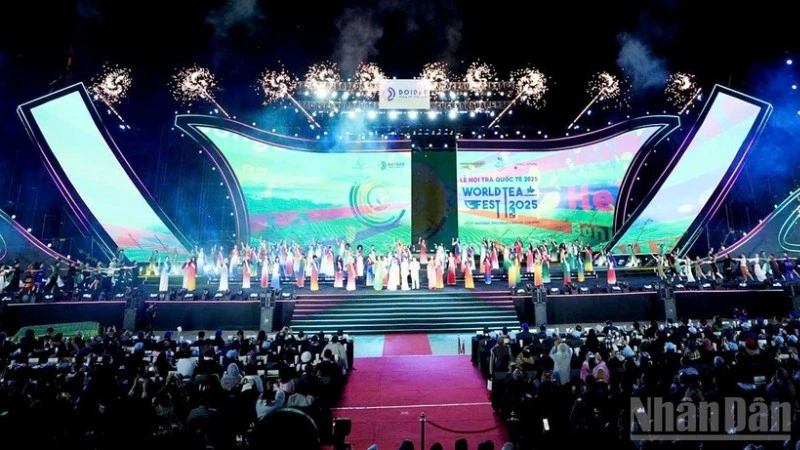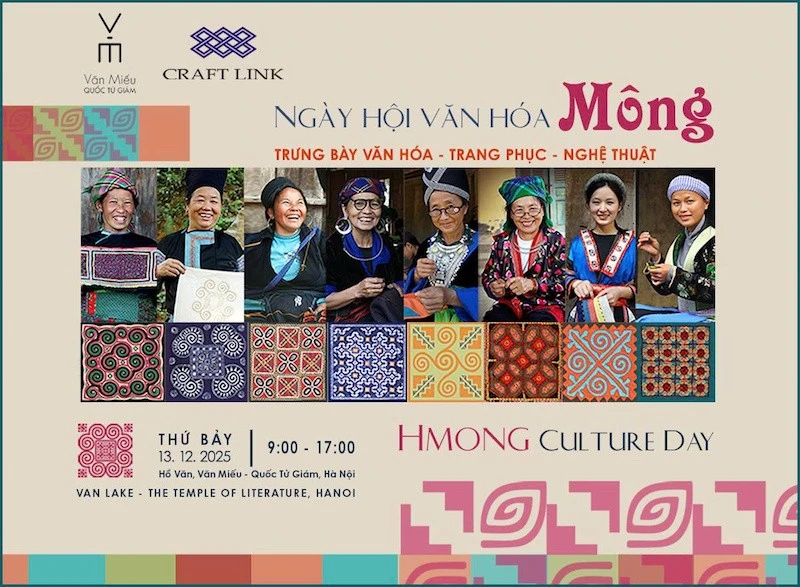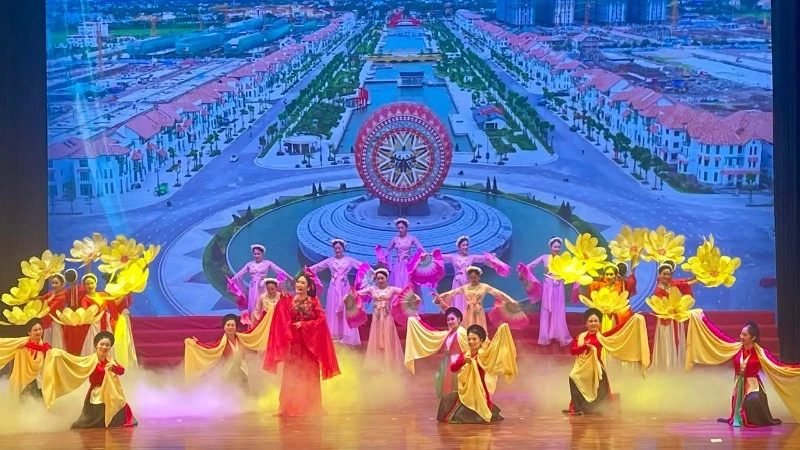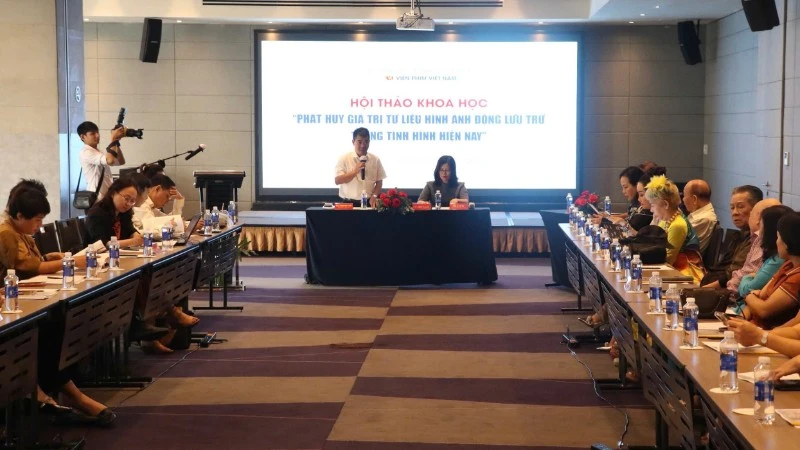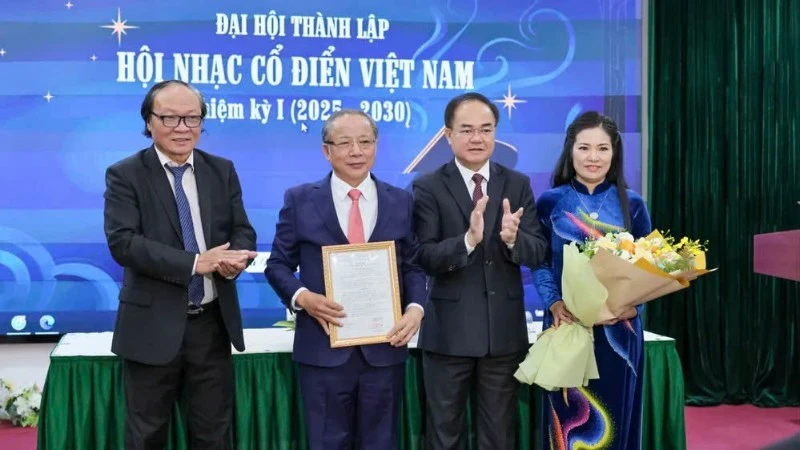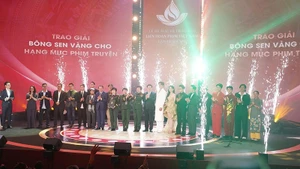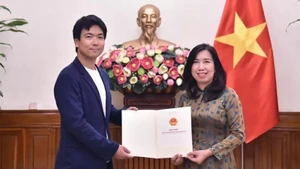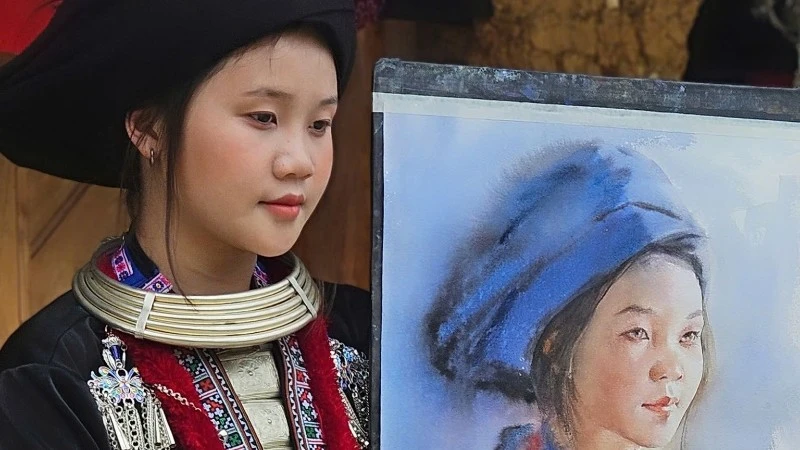From a once little-known destination, the museum has now become an engaging, vibrant, and approachable art space attracting a growing number of visitors from both home and abroad.
From “hidden gem” to “soaring ahead” through technology
For many years, the Viet Nam National Fine Arts Museum was largely absent from the cultural-tourism map of the capital. Its visitors were mainly independent foreign tourists, while travel agencies were reluctant to include the museum in their itineraries due to difficulties in explaining the display system. Recognising these limitations, the museum’s leadership boldly embraced technology, viewing digital transformation as the key to reshaping its image, improving service quality, and building a “friendly museum” brand.
According to Dr Nguyen Anh Minh, Director of the Viet Nam National Fine Arts Museum, during the first decade of the 21st century, the museum remained little known to the public. Even information about it in the media, on the internet, or in publications, in the media, on the internet, or in publications, was scarce. Around 80 per cent of visitors were foreigners, while the rest were mostly groups of students on organised trips. Travel companies seldom included the museum in their tours, and guides were hesitant to take visitors there due to the outdated and difficult-to-explain display system.
Fully aware of these shortcomings, the museum’s leadership adopted a new mindset and a strong political will to innovate. Their goal was to integrate digital transformation into creative activities in order to comprehensively modernise the museum’s operations, enhance professional standards and service quality, and establish a friendlier and more appealing image of the Viet Nam National Fine Arts Museum to the public.
The museum has since implemented a series of major projects, producing pioneering digital products in the sector. One of its most notable breakthroughs was the launch of the iMuseum VFA multimedia-guide app in 2021. Available in nine popular languages and equipped with iBeacon positioning technology, the app enables visitors to access information about 200 representative artefacts directly on their mobile devices. This initiative was the result of collaboration between the museum’s curatorial expertise and private-sector technological solutions.
With iMuseum VFA, visitors can freely explore exhibits, locate display areas, or even take virtual tours from afar. The percentage of users accessing the app has reached 8 per cent of total visitors, three times higher than those guided by museum staff. This success earned the museum the Outstanding Digital Transformation Award for State Agencies in 2021.
Another creative idea was conceived during the COVID-19 pandemic — the creation of a digital-exhibition space. After two years of development, on October 3, 2023, the Virtual Art Exhibition Space (VAES) was officially launched, the first of its kind in Viet Nam.
VAES features two main components: a virtual architectural model of a stylised lotus-shaped building inspired by motifs in traditional art, designed to replicate an elegant and artistically rich physical space; and the internal digital-exhibition rooms, which are tailored and structured according to each exhibition’s theme. The 3D-rendered virtual environment allows artists to curate their works creatively while visitors can access exhibitions and artworks anytime, anywhere in the world with an internet connection.
To date, 22 online exhibitions have been held on VAES, attracting significant attention from both domestic and international art communities. This innovation brought the museum a second Viet Nam Digital Transformation Award in 2024, in the category of Outstanding Public Institution for Digital Transformation.
Beyond its digital platforms, the museum has also revitalised physical exhibitions through advanced technologies such as cinemagraph and 3D mapping. Traditional artworks, from Dong Ho and Hang Trong folk paintings to ethnic-costume motifs, are digitally animated, creating a dynamic and captivating visual experience.
Newly designed display spaces now feature interactive touchscreens, offering a more intuitive approach that helps visitors, particularly younger audiences, better understand the artistic and cultural significance of each artefact.
From “little-known museum” to “cultural rendezvous”
Through persistent innovation, the Viet Nam National Fine Arts Museum has undergone a remarkable transformation. Visitor numbers have increased by more than 300 per cent compared to five years ago, with domestic visitors now accounting for about 70 per cent. From being “overlooked” on the tourist map, the museum has become a popular cultural destination for young people, families and art lovers alike.
Online engagement has also risen steadily. Searches for the keyword “Viet Nam National Fine Arts Museum” now yield over 10 million results, a clear indication of the institution’s growing visibility, driven by its commitment to creativity, innovation, and the integration of science, technology, and digital transformation.
Speaking about the museum’s digital success, Dr Nguyen Anh Minh remarked: “Our creative and technological initiatives have brought the museum closer to the public, inspiring a love for art while offering valuable practical insights for museum management, both at the Viet Nam National Fine Arts Museum and across the country. Digital transformation is not a passing trend but an inevitable direction of our era. The museum remains steadfast in pursuing this long-term vision.”
Every museum and cultural institution, he noted, must establish a clear direction, persevere in following it, and regularly review and refine its operations to improve efficiency. Only then can technology application and digital transformation truly become engines for sustainable development, reinforcing culture’s vital role in the cause of national construction and defence.

